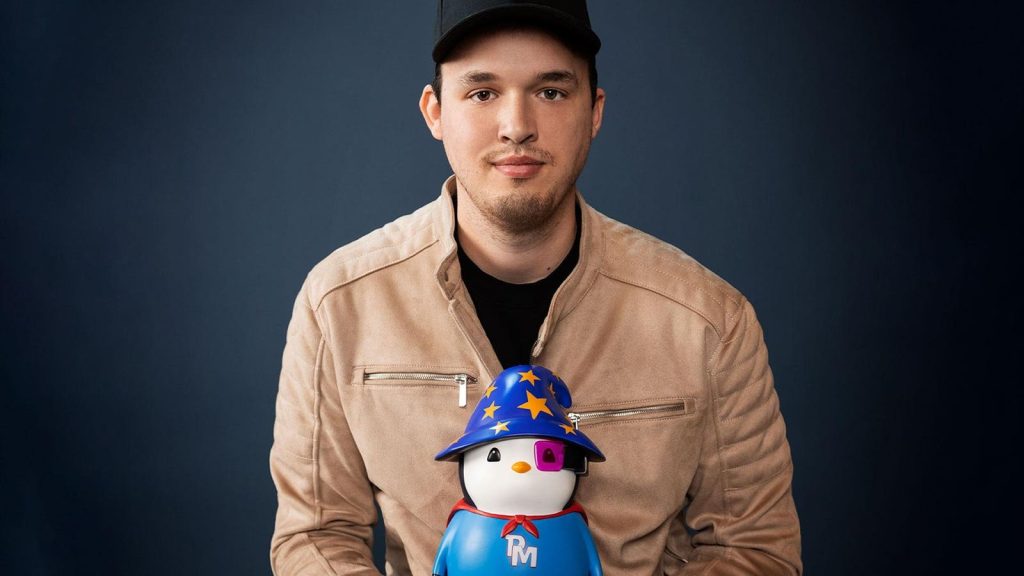01/04/2024 The Survival of an NFT Company During Crypto Winter: The Impact of $30 Plushy Penguins

Move over Bored Apes. Thanks to a contract with Walmart to sell stuffed toy versions of its cute aquatic birds, The Igloo Co is home to the world’s hottest NFT collection. Aisle 17 of the Walmart Supercenter in North Bergen, New Jersey is devoted to children’s toys and games, and the adorable plushies, known as Pudgy Penguins, are selling fast at more than 3,000 Walmarts as well as on Amazon.com and Ebay. The plushy penguins are actually physical versions of non-fungible tokens (NFTs), digital collectibles that are now selling on crypto marketplaces for as much as $500,000 each.
Launched in July 2021, Pudgy Penguins are the creation of four college friends who decided to get in on NFT mania. The collection sold out in 20 minutes for about $90 a piece, netting them more than $800,000. The success of Pudgy Penguins led to a downturn in NFT prices and disillusionment within the community in late 2021. This is when serial entrepreneur Luca Netz came into the picture, buying the copyright ownership and the initial creator addresses of Pudgy Penguins for $2.5 million in April 2022. With a seed round of $9 million, Netz took over the brand with the goal of building trust with Penguin holders, following through on promised projects, and expanding revenue streams.
Netz was able to build up the Pudgy Penguin brand outside of NFT enclaves, amassing a large following on Instagram and TikTok. His most unexpected innovation was Pudgy Penguin’s presence on Giphy, which has amassed 16.6 billion views, surpassing Disney. Netz also secured retail partnerships and was able to launch physical merchandise through Amazon and other retailers. Walmart gave Pudgy Penguins a 2,000-plus store launch, and the company has sold over one million toys via its retail partners, generating $10 million in sales.
With merchandise flying off retail shelves, NFT prices have been soaring. The floor price of Pudgy Penguin NFTs has risen from 4.2 eth to a recent high of 20 eth, or roughly $58,000. The Igloo Company has also introduced a real-world royalty scheme for NFT owners, sharing royalties from physical toys and plushies with current digital collectible owners. Nearly 130 NFTs have been licensed for physical products so far, with owners receiving a 5% royalty on net revenues.
Netz’s approach to integrating physical merchandise with digital collectibles has been a game changer in the metaverse. The ability for NFT owners to earn royalties from the sales of associated physical versions of their non-fungible tokens is a unique concept that has proven to be profitable. As Pudgy Penguins continue to soar in popularity, they have established themselves as a masterclass in brand building within the NFT space. With their innovative approach and successful retail partnerships, Pudgy Penguins are setting a new standard for the future of NFT collections.
 (0)
(0)
 (0)
(0)
